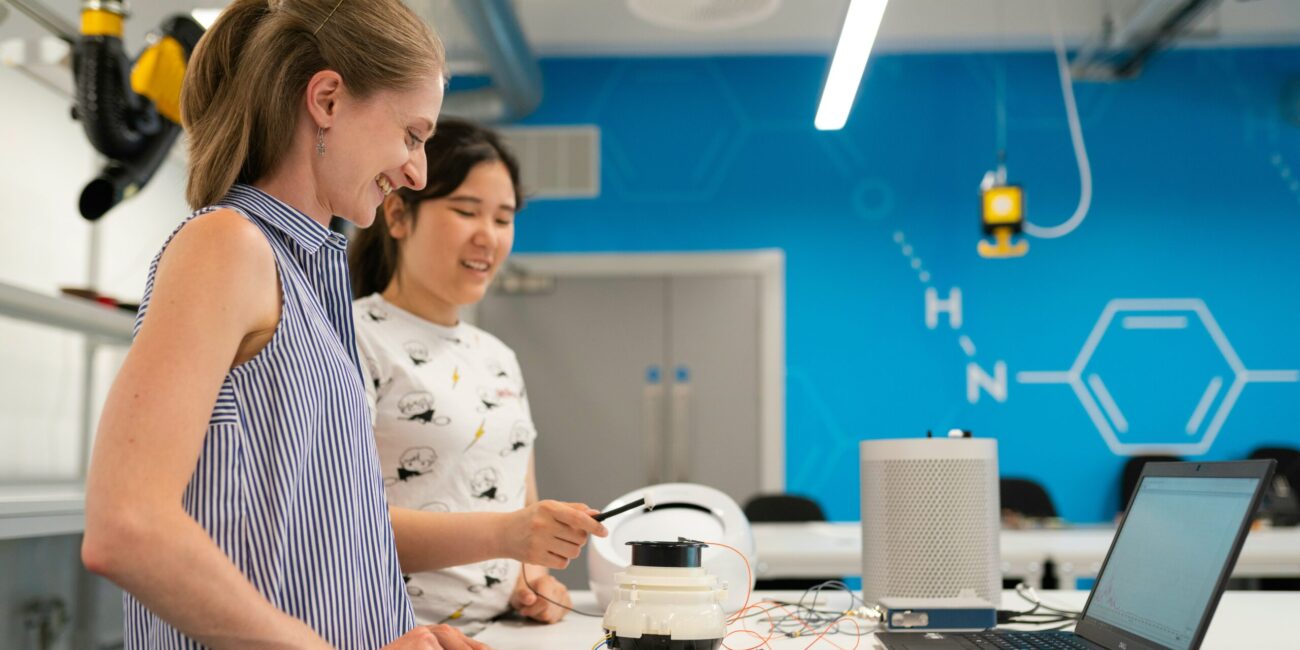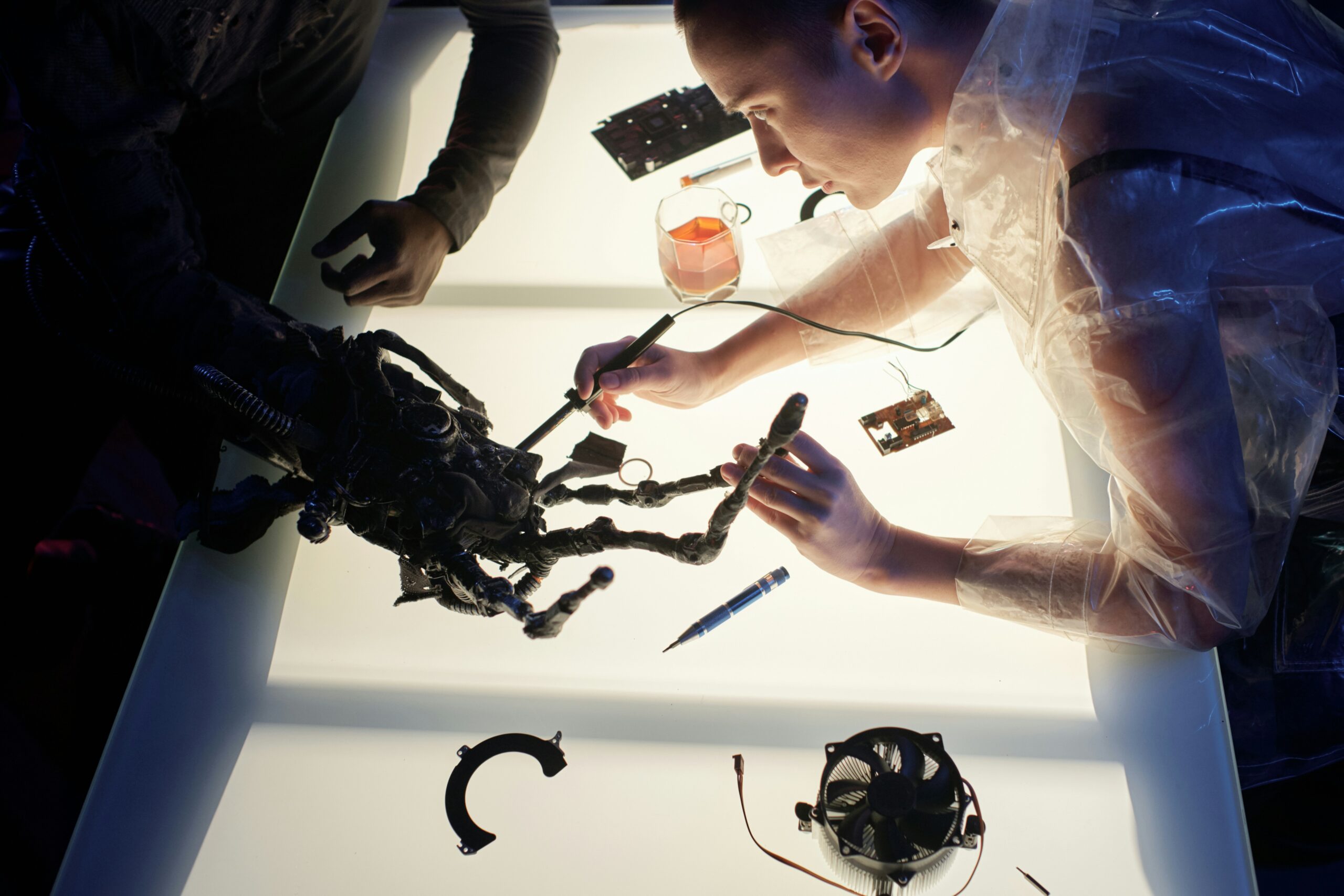The Current State of Female Representation in Technical Trades
Globally, women comprise less than 16% of engineers and an even smaller percentage in roles such as machinists, electricians, and other skilled trades (UNESCO, 2023). This disparity starts early, with fewer girls pursuing STEM (Science, Technology, Engineering, and Mathematics) education and technical training. Cultural biases, lack of exposure to technical careers, and inadequate support systems contribute to this gap.
An anonymous structural engineer shared her perspective:
“When I started my career, I was often the only woman in the room. It wasn’t just about proving myself—I had to convince others that I even belonged there.”
The Impact of Gender Equity in Technical Trades
Research shows that diversity in technical trades leads to better outcomes. Diverse teams bring varied perspectives, enhancing creativity and problem-solving. A McKinsey study (2021) revealed that companies with higher gender diversity in technical roles were 20% more likely to develop innovative solutions and exceed profitability benchmarks.
Furthermore, representation matters. When women see others thriving in technical trades, they are more likely to envision themselves in these roles. Increased female participation in these fields benefits industries and creates a ripple effect of empowerment and opportunity for future generations.
Barriers to Female Representation in Technical Trades
Cultural Bias and Stereotypes
Long-standing stereotypes portray technical trades as male-oriented professions. Women pursuing careers in these fields often face skepticism about their abilities, discouraging them from entering or staying in these roles.
“The hardest part wasn’t the work—it was convincing people I could do it just as well, if not better,”
said a female electrician who works in industrial maintenance.
Lack of Access to Training and Education
Many women need access to education and apprenticeships to succeed in technical trades. Globally, only 12% of technical and vocational training program participants are women (ILO, 2022). This gap perpetuates the cycle of underrepresentation.
Limited Role Models and Mentorship
Without visible female role models in technical trades, young women often struggle to see these fields as viable career paths. Mentorship programs are rare, leaving women without the guidance and support needed to navigate their careers.
Work Environment Challenges
Women in technical trades frequently encounter hostile work environments, including harassment and exclusion. A survey by the National Center for Women and Information Technology (2022) found that 50% of women in technical fields experienced workplace bias or discrimination, significantly impacting retention rates.
Breaking Barriers: Steps Toward Equity in Technical Trades
Early Exposure and STEM Education
Encouraging young girls to explore STEM subjects and technical skills at an early age is crucial. To ignite interest, schools and community programs should provide hands-on experiences, such as coding workshops, robotics challenges, and engineering projects.
Creating Inclusive Training Programs
Expanding access to technical and vocational training for women is essential. Organizations should prioritize scholarships, flexible schedules, and targeted recruitment efforts to attract and retain female participants in these programs.
Mentorship and Networking Opportunities
Mentorship is a proven tool for career advancement. Establishing mentorship networks and industry partnerships can connect women with experienced professionals who provide guidance, support, and advocacy.
Workplace Policies and Culture Change
Employers must implement policies that foster inclusivity and combat workplace bias. Initiatives such as diversity training, zero-tolerance harassment policies, and women’s employee resource groups can create a supportive environment.
The Role of Advocacy Organizations
Nonprofits and advocacy organizations are critical in driving equity in technical trades. These groups raise awareness, provide training, and build networks that empower women to succeed. They also advocate for systemic change, collaborating with governments and industries to develop policies that promote gender diversity.
A Vision for the Future
Increasing female representation in technical trades is not impossible—it requires collective effort. Every stakeholder, from educational institutions to industry leaders, must commit to removing barriers and creating opportunities.
As one female machinist said,
“I don’t want to be the exception. I want to be part of a movement where women in trades are the norm.”
By fostering equity, we can unlock the full potential of women in technical trades, driving innovation, strengthening economies, and building a more inclusive workforce.
References
McKinsey & Company. (2021). Diversity wins: How inclusion matters.
UNESCO. (2023). Women in STEM: Global trends and barriers.
International Labour Organization (ILO). (2022). Women in technical and vocational education and training.
National Center for Women and Information Technology. (2022). Retention challenges for women in technical fields.


